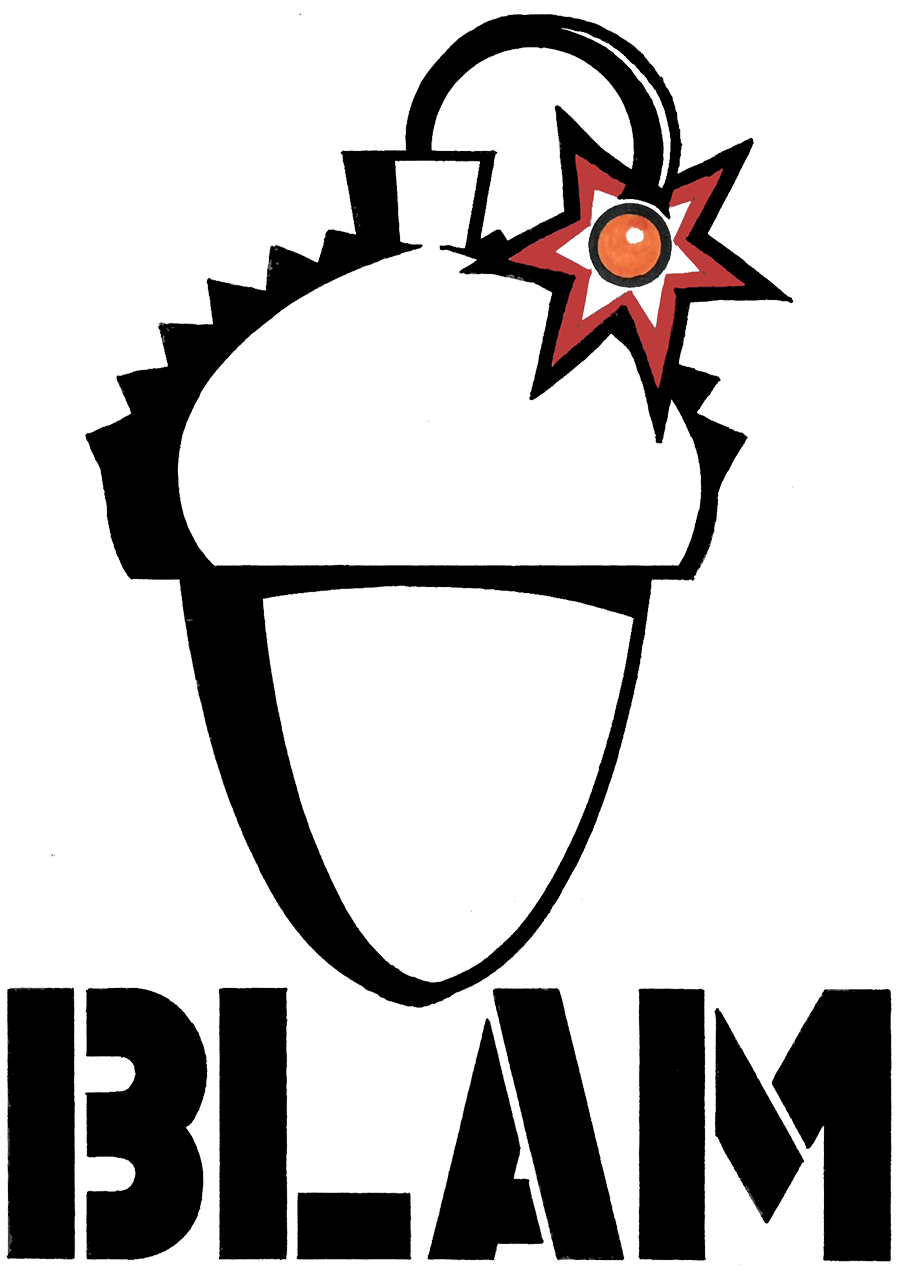
At the root of most of the chairs we design and make at BLAM, there are two distinct methods of construction. The 'Windsor' style, that made High Wycombe and Stokenchurch a centre of furniture making in the days when Harry's grandfather and great-grandfather were chairmakers, is a fine example of design being guided by method. The legs and back of the chair are fitted into the solid slab of the shaped timber seat and most of the joints are defined by being a round turned component fitted into a drilled round hole. This is because in the very early days of the industry, when the Bodgers were making chairs in the Chiltern woods where they sourced the materials, the simple technologies of a pole lathe and a brace-and-bit drill, the capacity to create round pins and rounds holes, determined the aesthetics of design.
For our Windsor chairs, we generally use English Ash. This is an ideal timber for chair making. It is relatively light, yet strong, it can be steam-bent reliably and has a good degree of spring to it (hence its use in carriage-work and the early days of the motor industry). It is also light in colour, allowing a broad range of finishes to be applied to it, from its very pale natural state to the very dark. We can also offer Elm seats on our Windsor chairs, the more traditional material in the days when elm trees were so plentiful and their planks so broad that they were also frequently used for the manufacture of coffins!
The other main method of construction is the 'framed' chair. In this case, most of the joints are mortice and tenon style, a more labour-intensive method better suited to a permanent workshop. The lines tend to be straighter and more formal, with the structure of the chair being essentially a scaffold upon which the seat is mounted. The seat may be in solid timber, or it may be either a separate upholstered panel, or upholstery directly fitted to the chair frame.
In simple terms, if one removes the seat from a framed chair, the frame remains, whereas if one removes a Windsor chair seat, there is just a pile of turned and steam-bent components left lying on the floor and nowhere to sit.